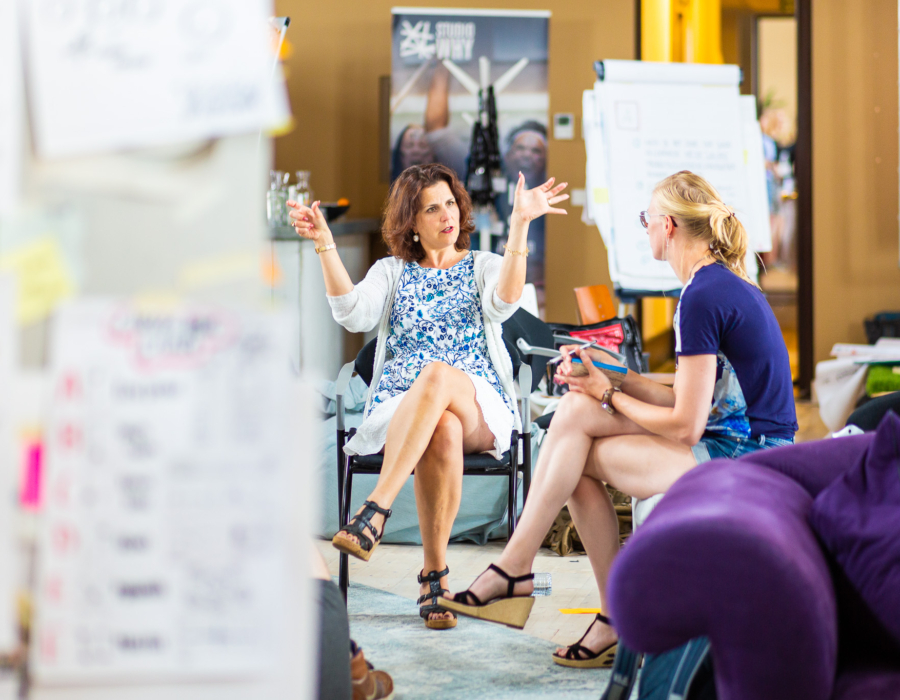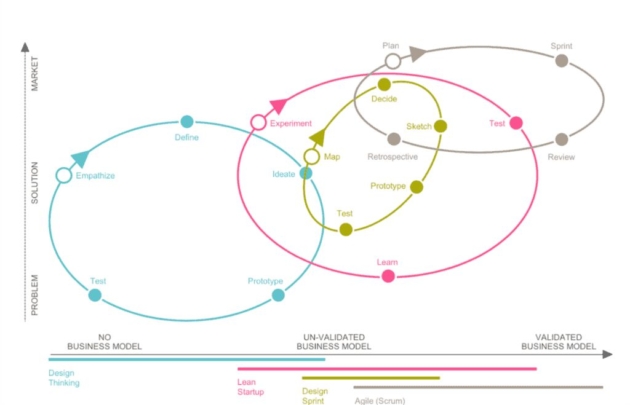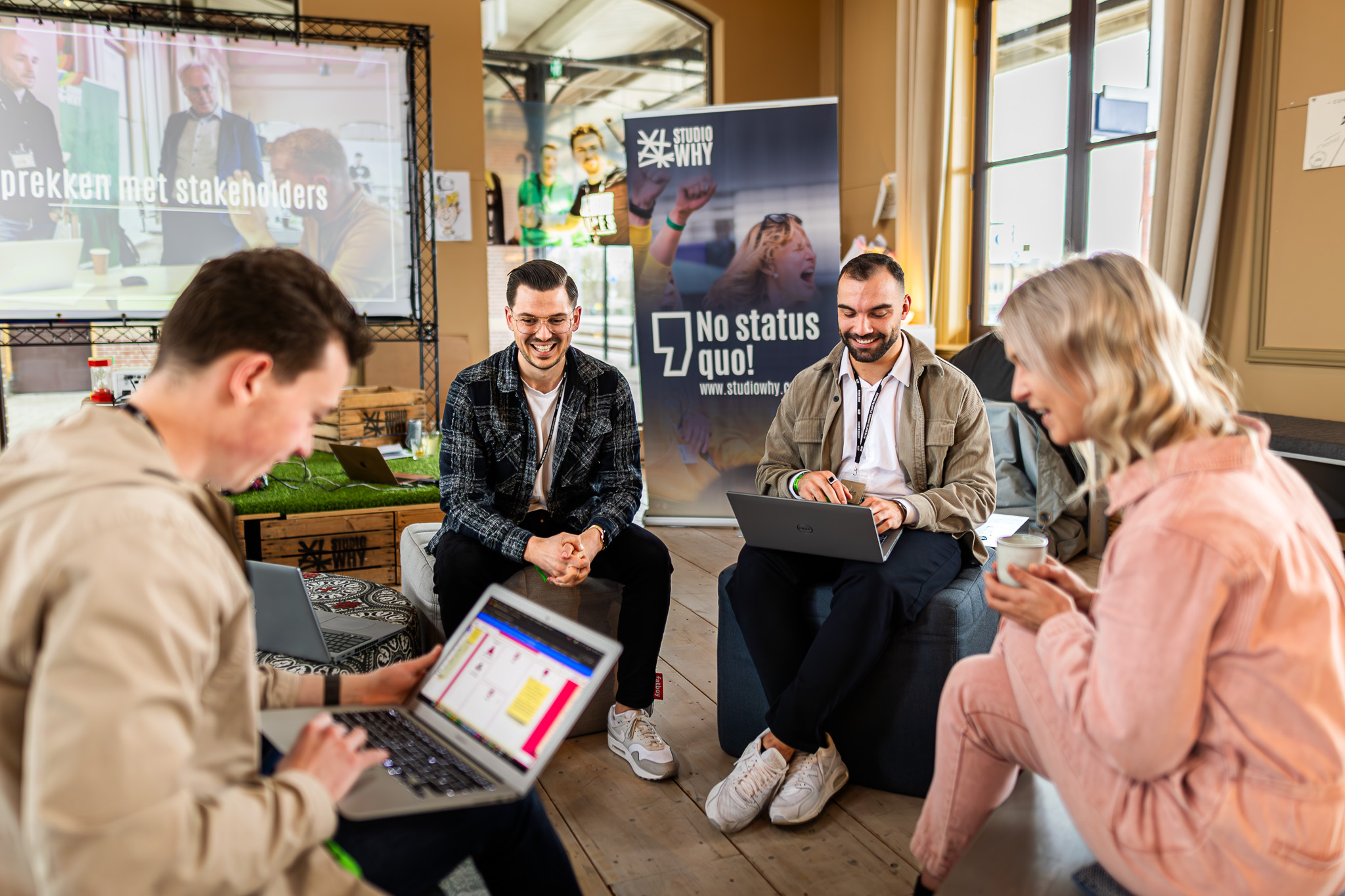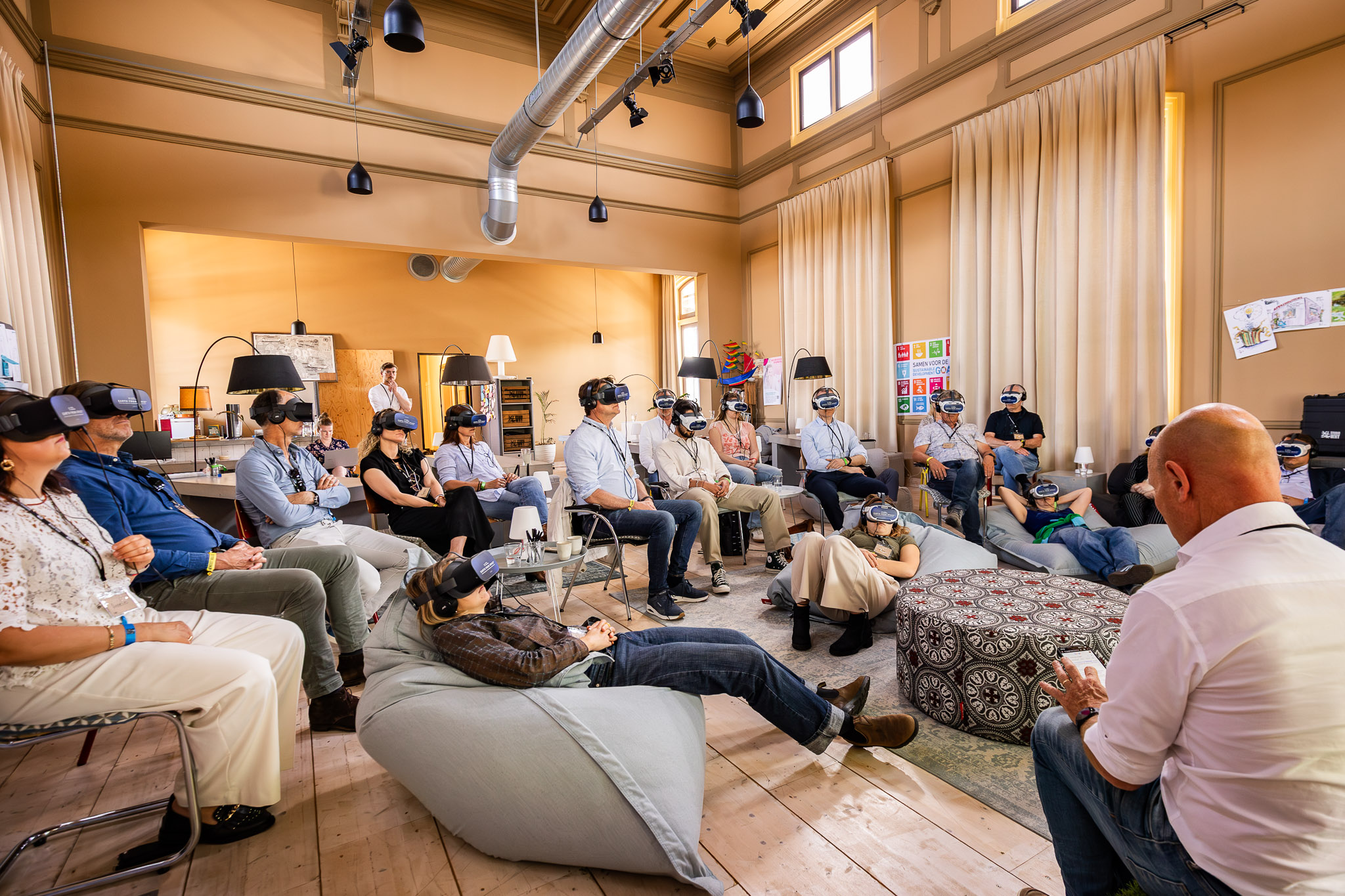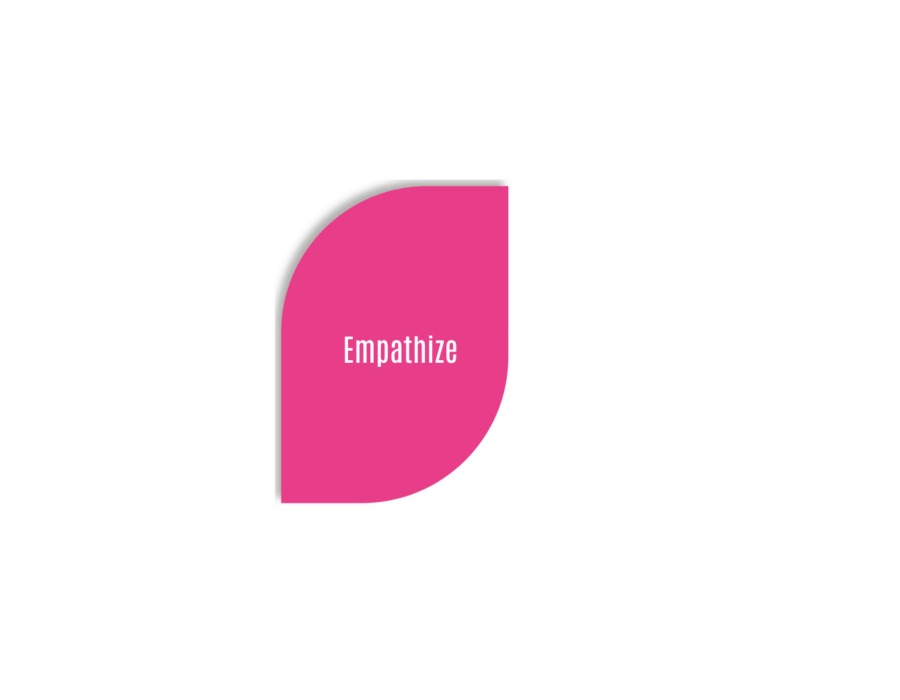
Empathize
This is about understanding your target audience. Really understanding other people’s perspectives. The faster and better the team can do this, the more agile and impactful their solution will be. The most important question you want to answer is:
Who has what needs or frustrations in which situations?

Define
In this phase , the team looks for the best-defined opportunities. They do this by working together to identify the real problem, for whom it is a problem, and where they will focus their attention in the rest of the process. They end up with several opportunities based on the first step.
An opportunity direction is one clear sentence:
For [target group] who have difficulty with [problem] and who would benefit from [need/solution].

Ideate
Brainstorm as a team and come up with creative ideas to solve the opportunity direction. Use one of the brainstorming questions below. They help you think differently.
How would an [animal] contribute to your opportunity direction?
How would another brand/company contribute to your opportunity direction?
How would another profession contribute to your opportunity direction?
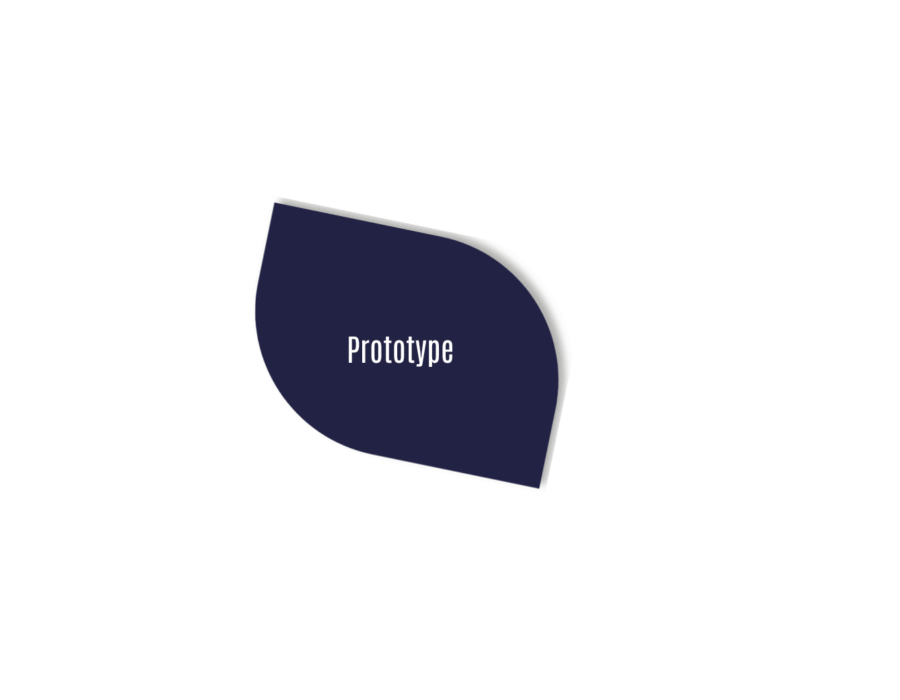
Prototype
Once an idea has been chosen, a team creates a prototype. This is a simple representation of the idea. It shows what a solution might look like or how it might work, without being completely finished.
A prototype helps to quickly test and improve an idea with feedback from users. This could be a drawing, process diagram, model, role play, or digital sketch. This sentence is a good place to start:
If this idea were a product or service, it would look like this: _____ and work like this: _____.

Test
During the Testing phase, the team tries out the prototype with real users. They check whether it works well and whether people understand and like it. They ask questions and observe how people respond. This helps them discover what works well and what could be improved.
The best tip is to explain your idea as little as possible. A good idea is easy to convey. Basically, you want answers to the following questions without having to talk:
“What is the idea in your view, what frustration does it solve, and what would you change about this idea to make it better?”
